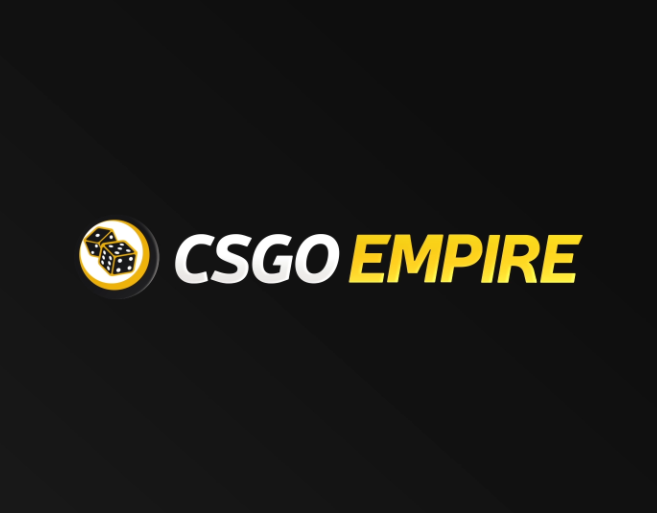

On June 21, 2025, Valve officially announced that all 32 slots for the upcoming StarLadder Budapest Major will be allocated exclusively through the Valve Regional Standings (VRS) system. This is not just a technical adjustment – it’s a full transformation of how teams qualify for the most important tournament of the year, with direct consequences for scene stability, betting markets, and strategic forecasting.
What Is VRS – And Why It’s Different
VRS (Valve Regional Standings) is an internal ranking model based on a team’s results in Valve-supported events: RMRs, Majors, and events with official Major circuit approval.
Key elements of the system include:
- Major placements carry the highest point value
- Consistency matters more than peak performance
- Rankings are updated monthly
- Point spreads are tight – one series can change everything
- Regional slots are distributed via VRS, not team branding
This isn’t a popularity ladder – it’s Valve’s cold, closed-loop structure of presence-based legitimacy.
Who Wins From This System
- Teams with a calendar, not a name. Rosters like SAW, Eternal Fire, Monte, MongolZ – the ones playing consistently through the season – are rewarded. They no longer need wildcard stories. They need attendance, performance, and structure.
- Analysts and traders also benefit: no unknown lineups, no guesswork. Markets get predictable pre-lines and deeper model confidence.
- Platforms gain too: Majors become more forecastable, easier to index, and fairer to price – with no risk of shadow qualifiers distorting early odds.
Who Loses – And Why
Brands without calendar presence are out. Heroic, OG, Complexity, ENCE – if they don’t play RMR-circuit events regularly, they won’t get VRS points – and that means no Major.
Bettors who rely on volatility suffer as well. Upset value in live markets declines. The system favors known rhythms, not chaos.
And Tier‑3 hopefuls? They’re locked out unless they qualify through RMR-adjacent structures – which are now tightly gatekept.
The Strategic Shift – From Stories to Systems
This isn’t just about qualification – it’s about power. VRS lets Valve centralize influence over the circuit while reducing chaos. That makes Majors:
- More predictable for betting
- More valuable for long-term investment
- Less dependent on media hype or regional flare-ups
Traders stop chasing lineup drops. Analysts build off performance arcs, not surprise entries. Platforms can automate coverage without risk of misfire.
Conclusion
The end of MRQs signals the start of an era where qualifying for a Major is not about who pops off – but who persists. This isn’t about one miracle run. It’s about months of structure, calendar, and results.
For everyone working in the CS2 space – from bookmaking to content to data – this is the new framework. Predictable, system-driven, and ruled by presence, not noise.


|
Mary S Colbert is a Chief Content Editor at csgobettings.gg, specializing in CS2 with over 8 years of experience as an e-sports analyst. Her informative articles on the game have made her a go-to resource for fans and her expertise is widely respected within the industry.
|














